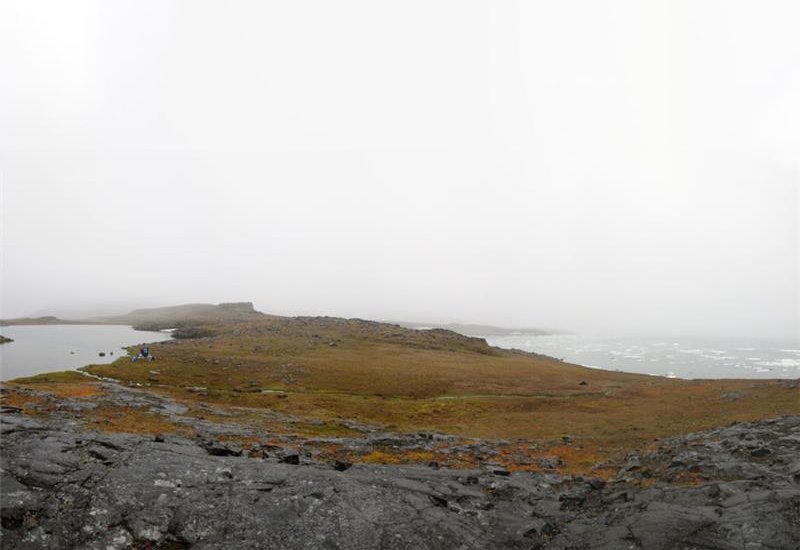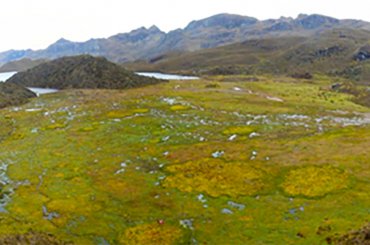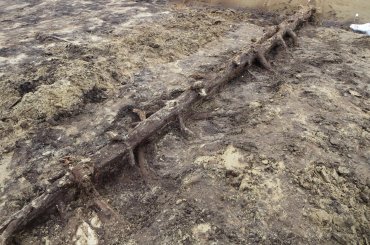Quaternary climate and landscape
The most recent part of geological history, the Quaternary, is characterised by large-scale climate and associated sea level changes. It is a period of rapid environmental change during which, especially in the last thousands of years, the role of humans has become more important in landscape development.
Understanding the effects of climate and sea level change on landscape development is essential, particularly to understand which effects can be attributed to human impact, and which ones can be attributed to natural processes. The role of the latter is often underestimated.

To further understand the natural and human impacts on earth surface processes, we have to travel back in time to discover the role of natural forcing mechanisms. Our research covers the last hundred thousands of years when rapid climate change and sea level rise took place under mostly natural conditions. By studying this particular time-period, we gain a better understanding of the relative contribution and functioning of natural processes on climate and landscape changes.
Our research focuses on the the last 20.000 years including the transition of the Pleistocene to the Holocene era, where temperature changes of more than 10 degrees and a sea-level rise of more than 100 meters occurred. We study this period on a decadal to annual resolution, and look at events such as the changes from tundra to forest vegetation in NW Europe and the drowning of the North Sea. The Holocene development of the current landscape in delta environments such as the Netherlands demonstrates the interactions between coastal, river, and human impact through time.

Unravelling the dynamics of El Niño through time
We study the marine-continental El Niño climate phenomenon in the Ecuadorian Andes where it has a direct and large impact on rainfall and temperature patterns.

A historical perspective on climate effects in the Netherlands
Dr Wim Hoek and Prof Esther Jansma at the estate ‘Den Treek-Henschoten’ to explain the discovery of fossil forest remains uncovered during digging works.
Staff
dr. Wim Hoek
Email: w.z.hoek@uu.nldr. Kim Cohen
Email: k.m.cohen@uu.nl

